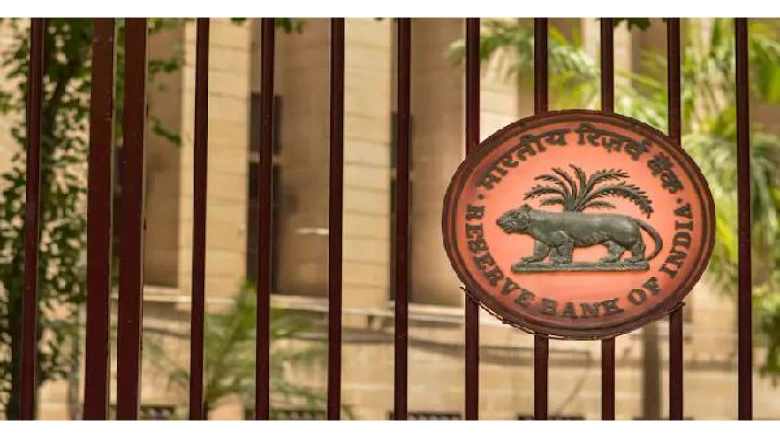Regional

The report highlighted that the immediate impact of geopolitical aftershocks is on inflation, with close to three-fourths of the consumer price index at high risk.
Digital Desk: The Reserve Bank of
India (RBI) will follow a distinct approach in the wake of inflation risks
emanating from high commodity prices while ensuring
adequate liquidity in the banking system to support the needs of the
productive sectors of the economy, the central bank’s annual report for
2021-22, which was released on Friday, said.
"The
year gone by brought many challenges, but a recovery is underway in spite of
headwinds. The future path of growth will be conditioned by addressing
supply-side bottlenecks, calibrating monetary policy to bring inflation within
the target while supporting growth and targeting fiscal policy support to
aggregate demand, especially by boosting capital spending”, the report said.
The
report highlighted that the immediate impact of geopolitical aftershocks is on
inflation, with close to three-fourths of the consumer price index at high risk.
Following
the worsening of the geopolitical situation after the Russian invasion of
Ukraine, the Central Bank decided to change its focus to control inflation.
Over the last two years, since the onset of the COVID-19 pandemic, RBI’s main
objective has been to support growth. Earlier this month, the six-member
monetary policy committee of the central bank increased the repo rate - for the
first time in four years - by 40 bps to 4.4%.
"Overall,
headline inflation averaged 5.5 percent in 2021-22, as against 6.2 percent a
year ago. Headline inflation breached the upper tolerance band in Q4:2021-22
and rendered the conduct of monetary policy challenging", RBI said in the
annual report.
As
per reports, Rs 2.2 trillion was withdrawn from the system during the year
through the following measures: restoration of cash reserve ratio (CRR) to
pre-pandemic levels; repayment of targeted long-term repo operations (TLTRO)
and open market operations (OMO) sales.
The report informed that the Reserve
Bank will continue to follow a distinct and swift approach
to liquidity management while maintaining
adequate liquidity in the system to meet the credit needs of the
productive sectors of the economy.
Commenting on the banking sector, the
report observed that the sector was cushioned against the disruptions caused by
the pandemic by adequate liquidity support and various regulatory dispensations
provided by the RBI.
Banks strengthened their capital to
augment risk-absorbing capacity, aided by recapitalisation by the government in
the case of public sector banks (PSBs), along with capital raising from the
market and retention of profits by both PSBs and private sector banks.
"The
gross non-performing assets (GNPA) ratio of all scheduled commercial banks
(SCBs) moderated to its lowest level in six years, aided by due efforts towards
recoveries and technical write-offs.”Bank credit growth has begun to pick up to
track nominal GDP growth and banks are regaining bottom lines," it said.
Leave A Comment